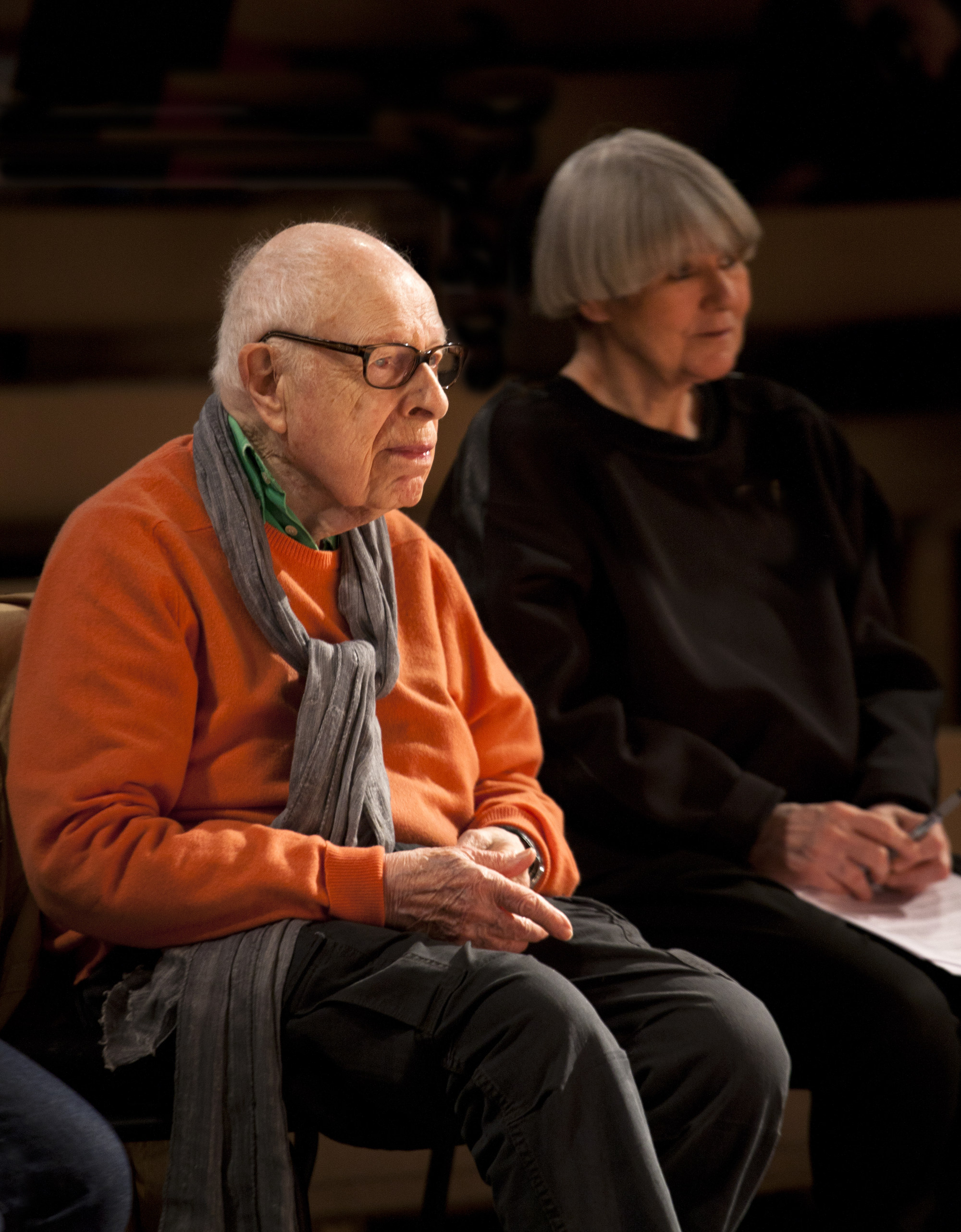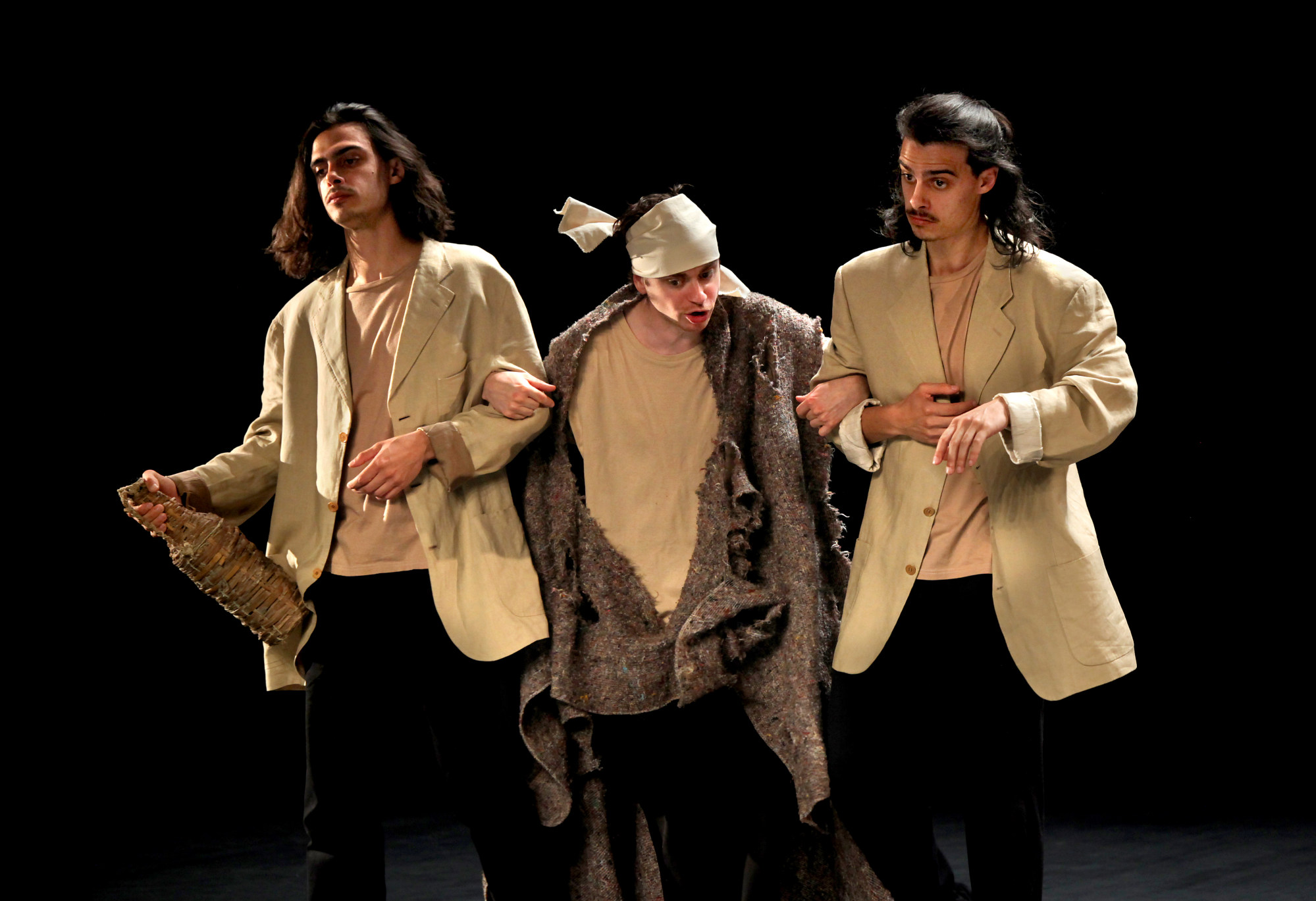
Review | Peter Brook’s Tempest Project gives Shakespeare’s The Tempest new life by paring it down for Théâtre des Bouffes du Nord production
- The swansong of theatre director Peter Brook, the Tempest Project is an adaptation of Shakespeare’s The Tempest that leaves out several scenes and characters
- The casual treatment of the play by the Théâtre des Bouffes du Nord’s international cast in a Hong Kong Arts Festival show made it feel like a work in progress
Peter Brook’s swansong, the “Tempest Project” is less a culmination of a life’s work than a quiet, discreet farewell. In fact, those expecting an apotheosis, or a definitive interpretation, might be surprised by the casual, open-ended treatment of Shakespeare’s The Tempest.
In typical fashion, Brook and his long-time collaborator Marie-Hélène Estienne injected new life into the play by paring it down.
Whole sections are left out, while others – the wedding between Miranda and Ferdinando, for example – are downplayed. The cast is reduced to six (portraying seven characters: the protean French actor Sylvain Levitte plays both Caliban and Ferdinand in Théâtre des Bouffes du Nord’s production).
The skeletal presentation means that the magical world in Shakespeare’s play is materialised through the characters and the way they imagine, marvel – and fear.

The island where Prospero is exiled to is evoked not through elaborate sets or special effects, but a thriftily appointed stage. We see stump seats, a bench, fire logs, some old rugs, and bunches of scrap wood scattered around the unadorned floor.
The only other props are Prospero’s sources of magic: a gold leaf-bound book, which he reads quietly for long stretches of the performance, and a large, knotty wooden stick.
Robert Lepage uses puppets to tell story of teenage trauma in 1970s Quebec
Among the scenes dropped is the masque in Act IV, when spirits perform during the engagement celebration. Without it, there are just two explicit indications that The Tempest is an allegory of the theatre: six vintage film set floor lamps, three on each side of the stage, and Prospero’s reference to the power of music in conjuring new worlds and manipulating people’s moods.
The late Harue Momoyama’s deceptively simple tunes punctuate the story with finesse and economy. Although the music is based on a long-lost repertoire from the Heian period in Japan, it is not recognisable as geographically or historically specific. The same can be said about the costumes, an eclectic collection of rags and oversized, second-hand clothing.
Brook’s multicultural practice is very much evident in the international flavour of Théâtre des Bouffes du Nord.

The only nod to The Tempest’s setting (Prospero is Duke of Milan and Ferdinand the heir to the Kingdom of Naples) was the casting of two south Italian twins in the parts of Stefano and Trinculo (Luca and Fabio Maniglio). Their slapstick provided comic relief but also verged on caricature.
In a nod to kabuki, the brothers, wearing black, also doubled as stage hands.
The other actors hail from Rwanda (Ery Nzaramba: Prospero), Argentina (Marilù Marini: Ariel) and Germany (Paula Luna: Miranda). Because the play is in French, they all spoke with different accents. Clearly, Brook and Estienne were more interested in expressiveness than perfect elocution.
What the abridged text loses in precious metaphors and rhetorical flourishes, it gains in vocal nuances and choreographed gestures. As in opera, each scene unfolds at a distinctive pace, and the actors’ strong performances are underpinned by an intense vocal and bodily discipline.

Yet the true value of “Tempest Project” lies in how the work gives the appearance of an unfinished project. Exhibiting the casual, easy manner of someone who knows he or she can repeat the same passage, or try a different section of Shakespeare’s original, the actors gave the impression that they were rehearsing.
It is poignant that Brook’s last work would feel like a work in progress. After all, he never stopped challenging and questioning the theatre form. “Tempest Project” is a fitting tribute to the legendary director’s legacy.
“Théâtre des Bouffes du Nord: Tempest Project”, 52nd Hong Kong Arts Festival, Hong Kong City Hall Theatre. Reviewed: March 22

